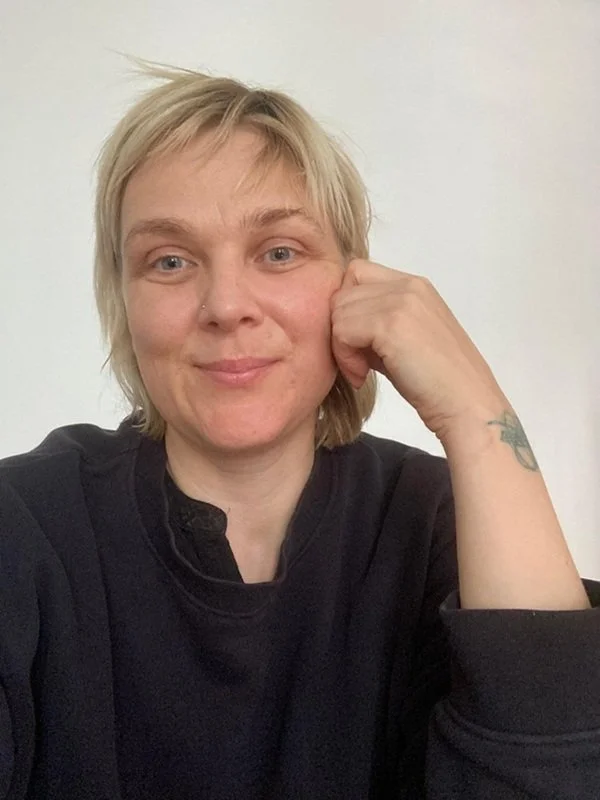Interview with Agnese Krivade: On digital communication in artistic research and practice
Digital technologies vastly influence practically all aspects of contemporary life. Should performance artists respond and adapt to these trends, or should they keep and protect the physical essence of their art?
How about both of those options at the same time? Technology is a tool, an extension of the bodymind. It is not “the source”. (Whatever we understand with it). That’s how I see it. Technology should be employed as a frame, a “stage”, if you will, that helps to keep and protect and spread and enhance visibility of the physical essence of dance art - the living body moving to transmit insight. By this I mean both marketing tools but also dance films and supporting tools in performances, e.g. light design and expanded choreography - that engages technology to bring the dance to new dimensions crossing space and time. It builds the stage, it expands the stage, but it’s not the dancer.
Of course, here I am not speaking about predominantly interdisciplinary projects where dance is only one of the elements or a supporting element. In visual arts and sound art/ music this border between physical and virtual is much more blurred.
What opportunities, challenges or traps do you as a performance artist see in digital transformation?
From how I see it, it’s mostly opportunities. Who can imagine choreographing without a camera and spreading the word without social media? But I also don’t want to polarize with those who see mostly challenges (shoutout to Walter Benjamin and “aura”). I would describe it as “you have to be running in order to keep in one place” - a metaphor sometimes used to illustrate life in modern metropolises. Nobody will deny that it is good to familiarize yourself with the contemporary tools for communication - even if it does not come natural to you - in order to not disappear. However, I have also seen pieces where the body and the movement seem to become unnecessary, cancelled out by impressive technological tools. Technology is great but it needs to be choreographed and there has to be awareness of the automatic competition for the attention of the audience. For me personally the biggest “trap” is that working with it, investing my own labour during a production, compresses your time and disconnects you from the processual wisdom of the body. Which is the special frequency of a dancer. Sometimes necessary but I’d much rather always outsource it, if I had the resources.
What digital tools contributed to your research, creation and communication within the iCoDaCo project? When using them, how do you approach the fragile borderlines between “virtual” and “physical”?
I loved MIRO that allows non-linearity in presentation and collaboration. We have also used video chat platforms, to include members who have not been able to be physically present in sessions. Stop motion video shooting could be another example - we used it to document & capture our work. It has worked great, we even played a debate game with some dancers being in the room and some connected online. Then - memes, to engage dance school students in conversations on body politics.
Do they contribute to the quality of live process? I would say - no. But they frame the live process and allow for a dance to take place where otherwise there would be none. Regarding the border, I’d say, in our process there has been no “fragility” of the borderline. It’s been always used as a “crutch” and as an “extra”, our priority is always the live becoming.

